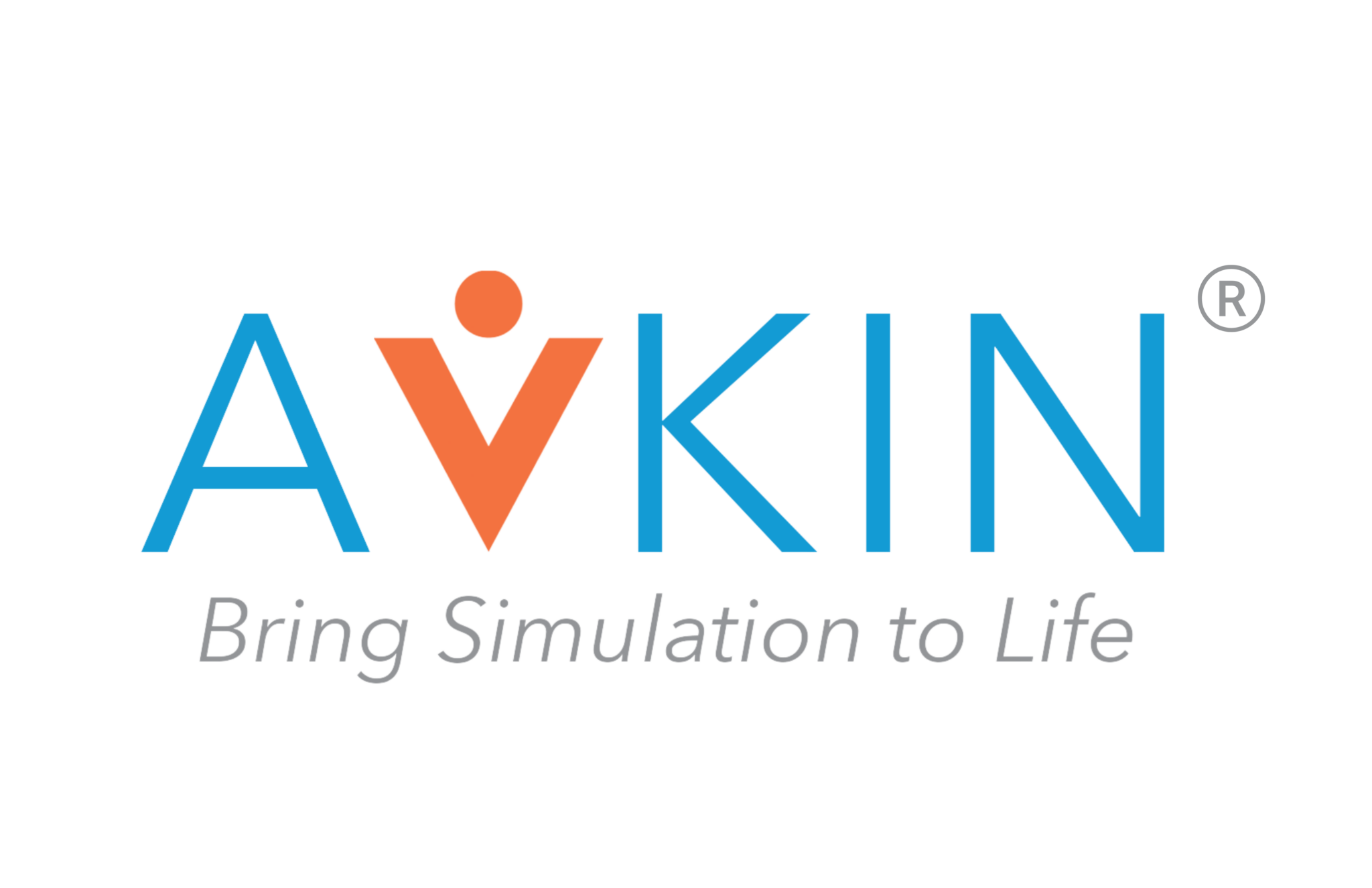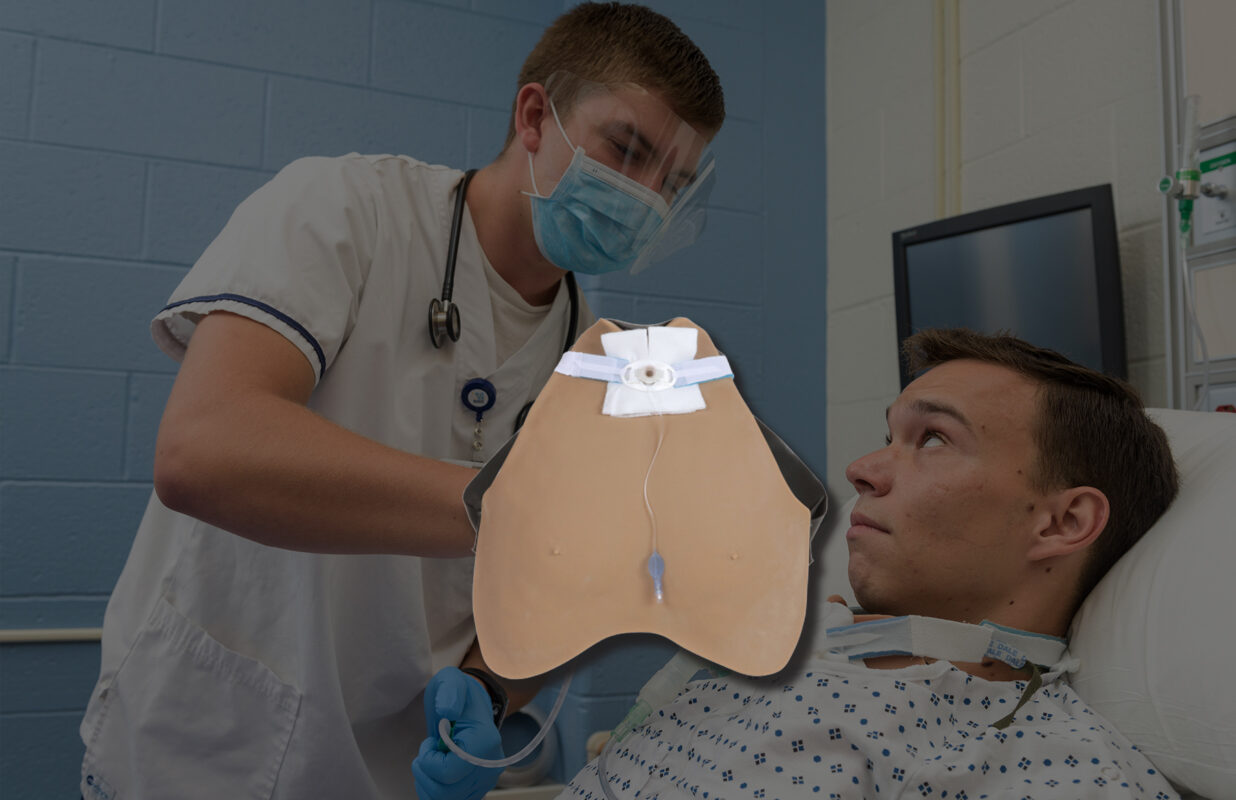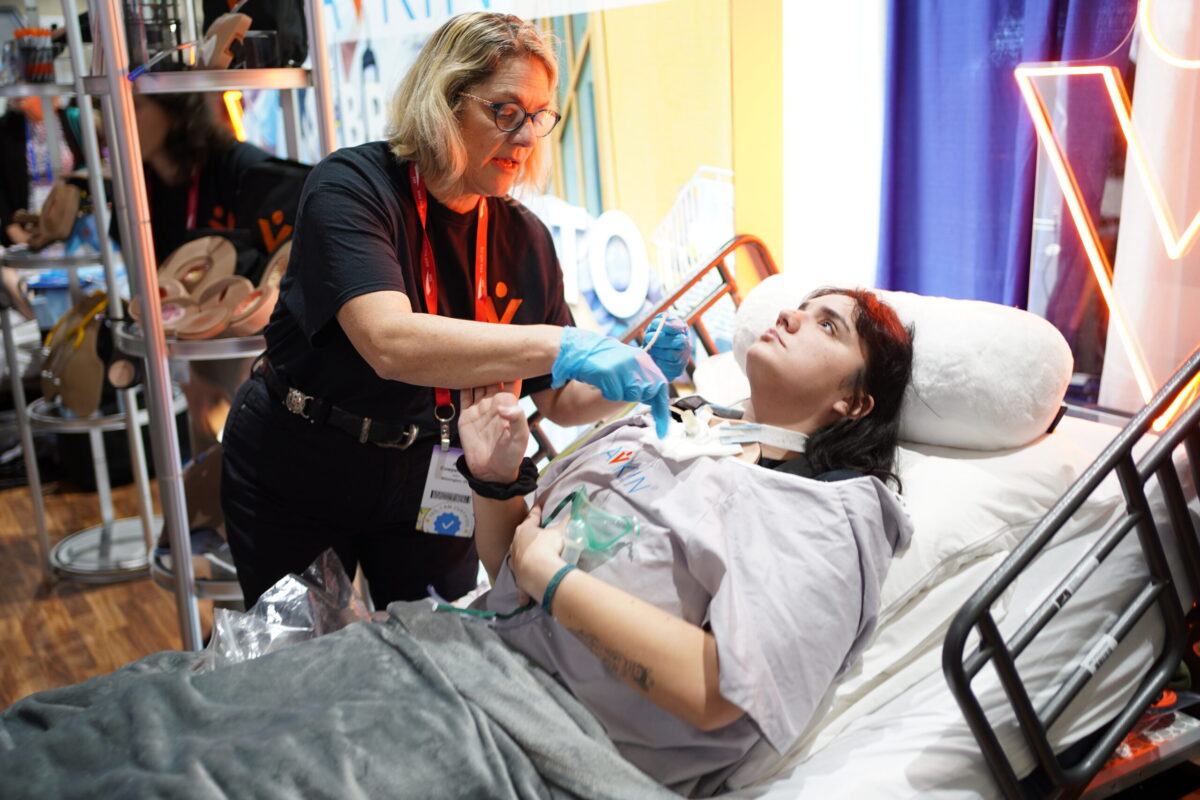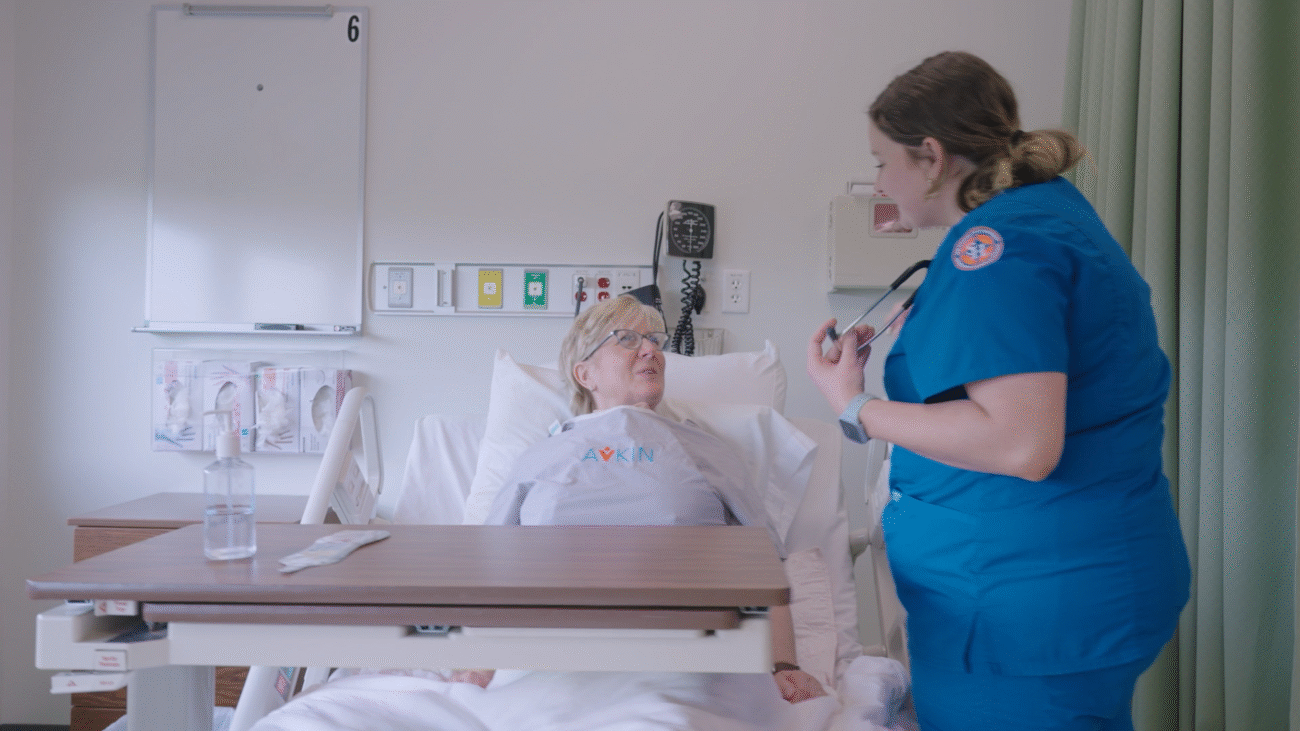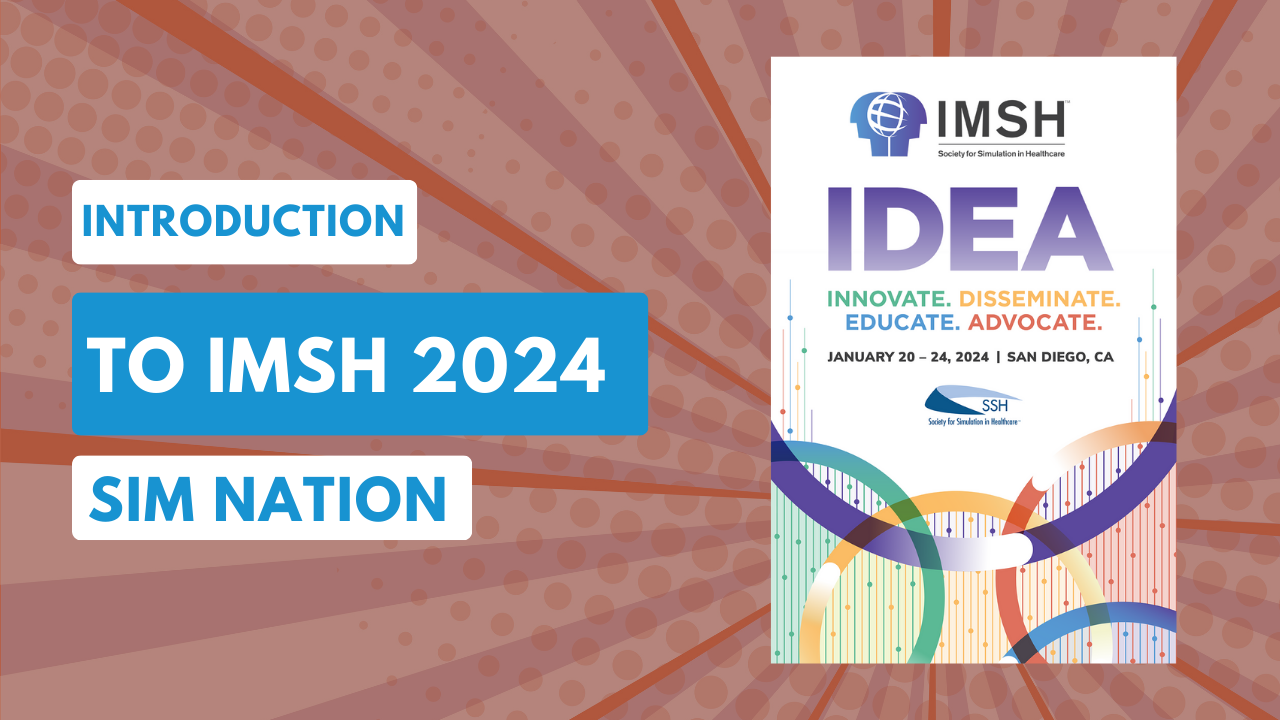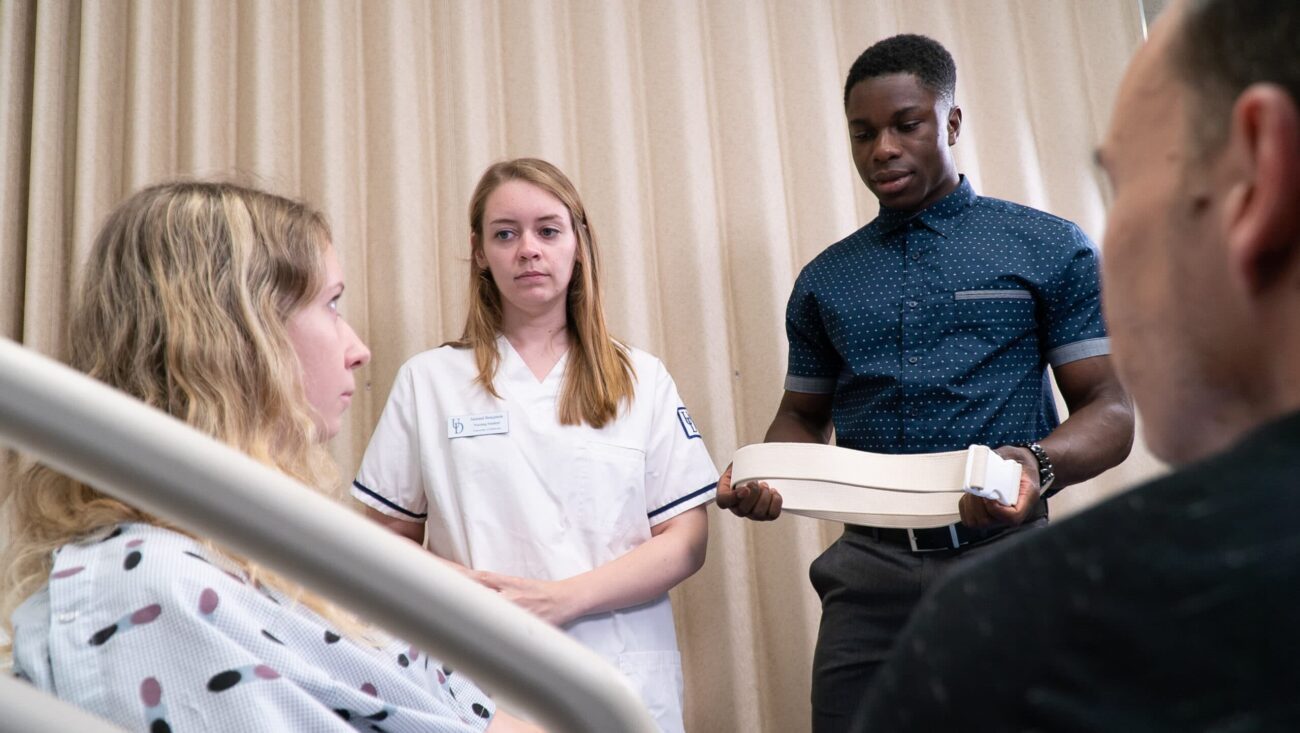Simulationist’s Guide to 3 Essentials for Human Simulation
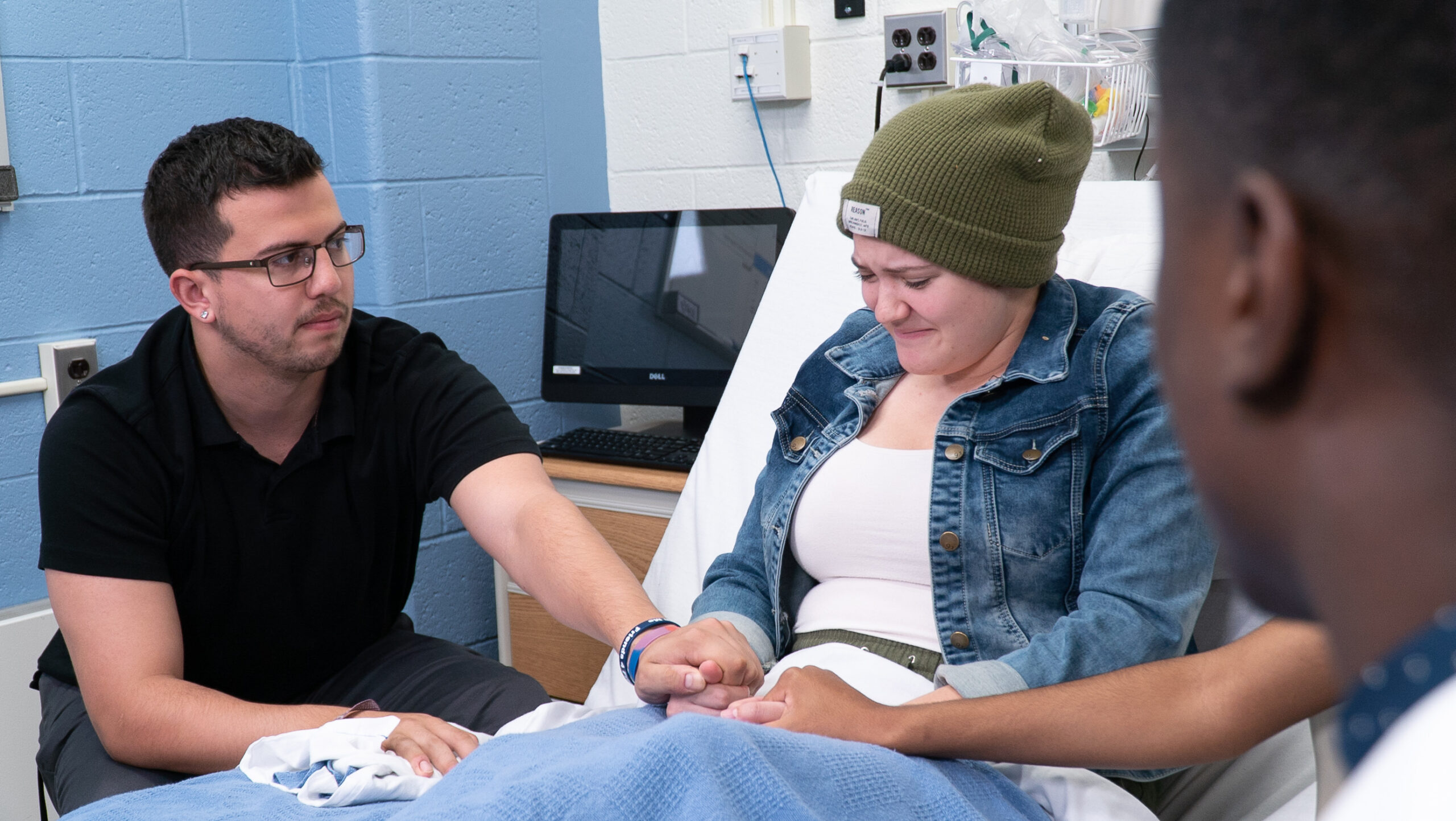
Human simulation brings an entirely new level of realism to healthcare education. But when you incorporate live people into simulation, consistency becomes the name of the game. Unlike manikins, humans get tired, interpret emotions differently, and occasionally improvise. That’s why understanding how to standardize human simulation—both in individual performance and team coordination—is critical to achieving educational fidelity.
In a recent Simulation Nation episode, Avkin CEO Amy Cowperthwait and Megan Weldon, CHSE, broke down three essentials every simulationist should master when training and managing standardized patients (SPs): Standardization, Feedback, and Professionalism.
Essential #1: Standardization—Keeping It Consistent
Think of standardization like a three-legged stool. Each leg—individual consistency, team alignment, and performance calibration—needs to be balanced or the whole experience tips over.
Individual Standardization
Every SP must deliver the same patient experience, whether it’s the first sim of the day or the sixth. That means:
- Reacting to symptoms, pain, and dialogue exactly as trained.
- Maintaining the same energy and emotional tone from start to finish.
- Avoiding hints or cues to struggling learners (“The last nurse stood me up before giving that med…” is a no-go).
Megan explained it best: “You can’t make the simulation easier just because a group is struggling. The goal is objectivity.”
Team Standardization
When multiple SPs play the same patient, dress rehearsals are your best friend. Have each SP watch, listen, and practice with one another. Round-robin sessions help everyone calibrate their tone, body language, and emotional intensity. The objective isn’t to out-perform the others—it’s to be believable and consistent.
As Amy put it, “The highest compliment an SP can receive is that even a trained clinician can’t tell it’s a simulation.”
Essential #2: Feedback—Guiding with Care
SP feedback is a crucial, but often misunderstood, part of the debriefing process. It’s not about critiquing; it’s about coaching.
SPs act as the eyes and ears of the patient, offering feedback rooted in emotion and experience rather than clinical technique. However, without structured training, feedback can swing too harsh or too hesitant.
To balance it:
- Train SPs with emotion wheels and example phrases.
- Reinforce the importance of constructive, compassionate feedback.
- Remind them that students are in their most vulnerable state—fresh from performing under pressure.
Amy compared it to sculpting: “You don’t hack away at the middle—you refine the edges to make something beautiful.”
That mindset turns feedback into growth, not discouragement.
Essential #3: Professionalism—Setting the Standard
Professionalism starts long before simulation day. From the interview process to training, SPs must understand that they’re joining an elite community, not signing up for a side gig.
Set clear expectations from the start:
- Attendance and punctuality matter.
- Communication is key—no-shows and late arrivals disrupt the entire learning experience.
- Preparation time is non-negotiable; SPs should arrive early to get into character and mindset.
When professionalism is baked into your culture, it elevates the entire program. As Megan shared, “You can’t make a great actor professional, but you can make a professional a great actor.”
Building Believability: The Ultimate Goal
At the end of the day, the purpose of standardization, feedback, and professionalism is believability.
When learners can’t tell whether their “patient” is real or simulated, that’s when learning truly sticks.
Whether you’re running your first SP program or refining a seasoned one, keep these essentials at the core. The payoff? Confident students, credible performances, and simulations that leave a lasting impact.
Ready to take your simulation program to the next level? Visit avkin.com to explore cutting-edge simulation technology, educator resources, and professional development opportunities and book a meeting if you have any questions about how Avkin can improve your simulation center.
Be sure to tune in to the Simulation Nation Podcast for inspiring conversations with leaders who are shaping the future of healthcare education.
